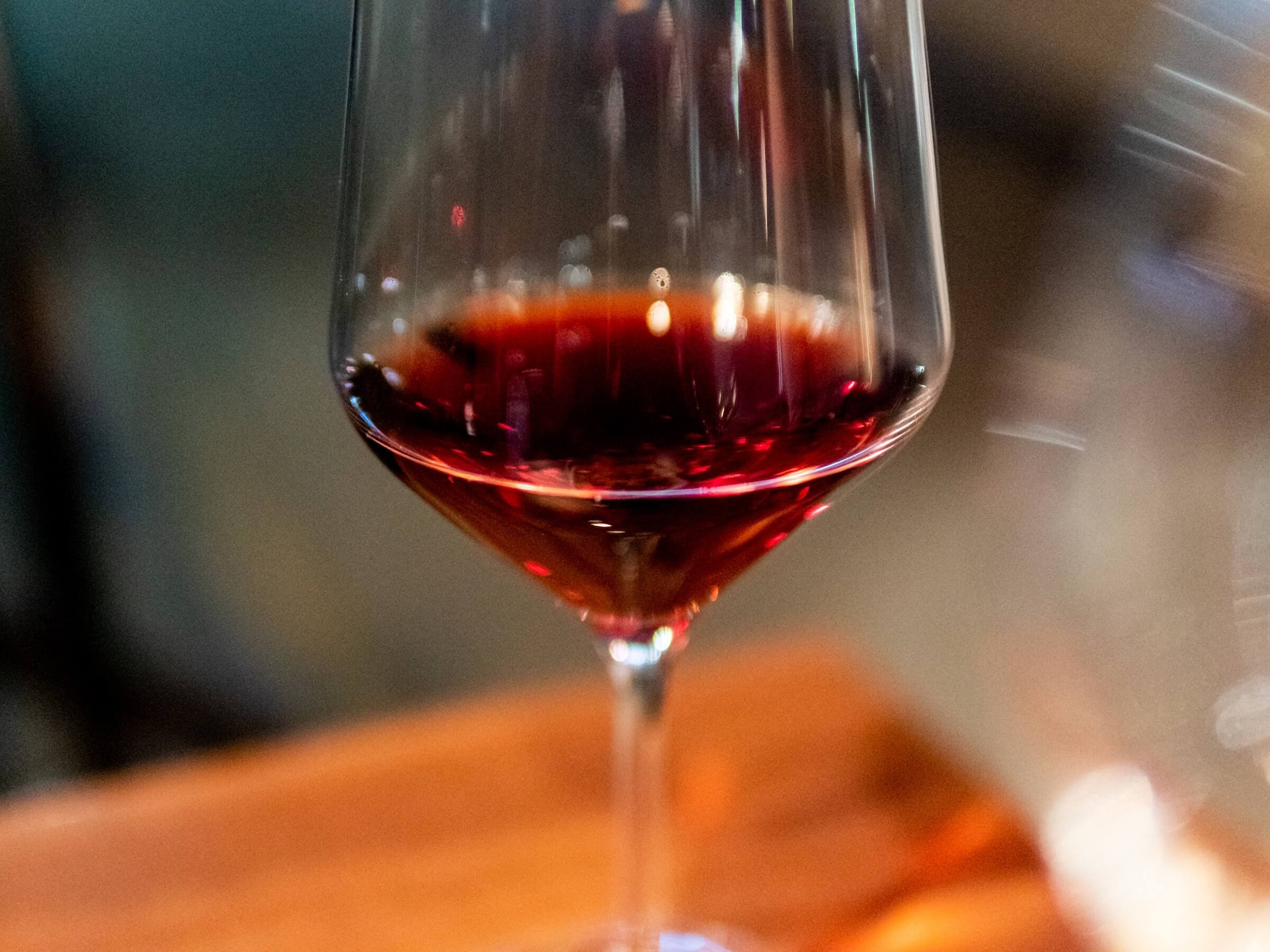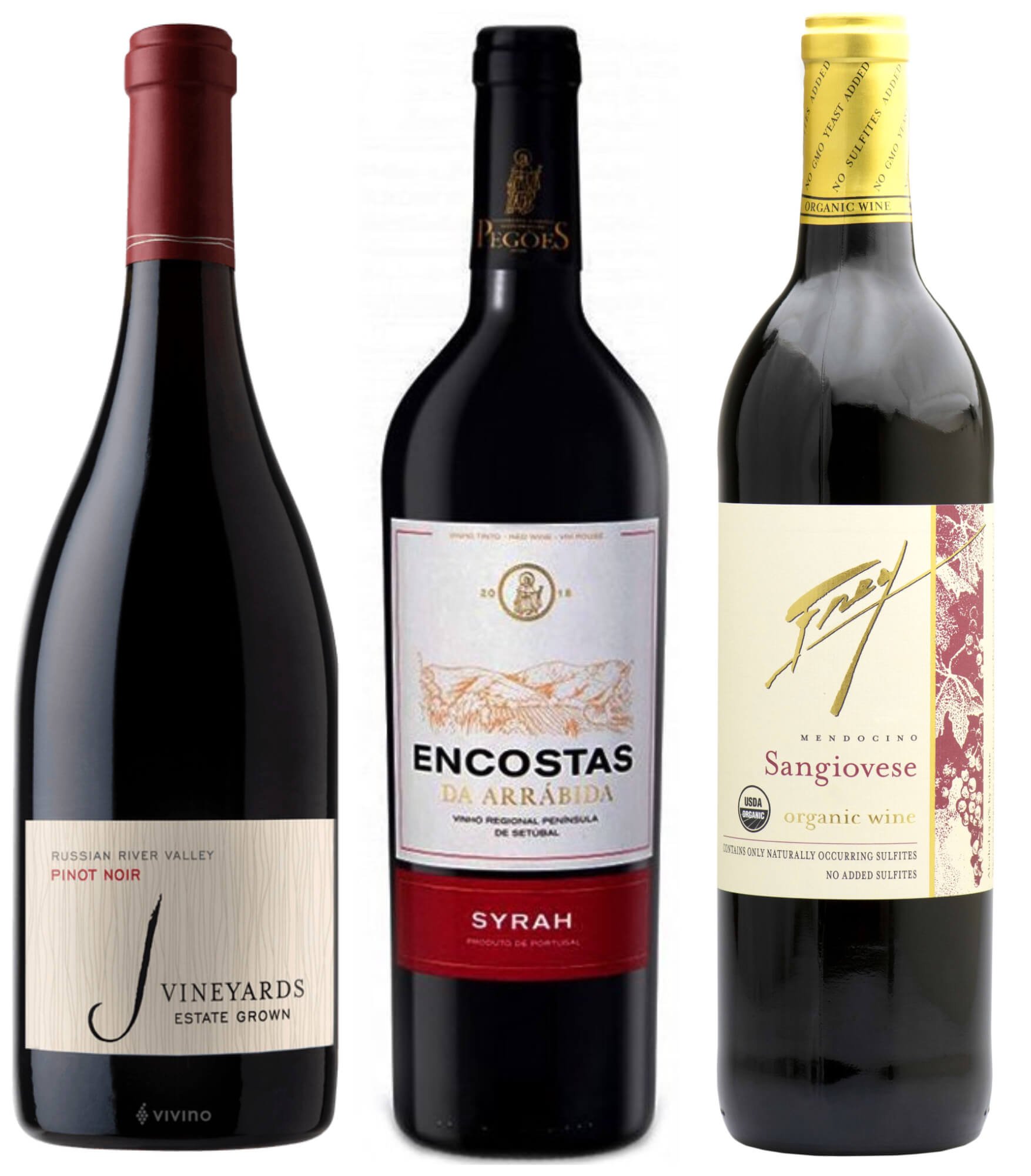To Chill or Not to Chill: Do Red Wines Need to Cool Off?
When summer turns to fall and we welcome back light red wines after a season of refreshing whites and rosés, the question is frequently begged: to chill or not to chill?
Common practice has most of us storing white wines in a refrigerator, and red wines anywhere we can find space outside of the refrigerator, but according to pros, this isn’t necessarily the best approach. “Reds are mostly served at room temperature, but usually that’s too warm,” says Courtney Wieland, who works directly with wine collectors on this issue in her role as Director of Private Clients at online retailer and wine importer Thatcher’s Wine. “Reds are best served somewhere between 54 to 60 degrees or so.” For that matter, we tend to serve whites a little too cold, which could stand to “temper” a bit just like cheese, but generally speaking we’re doing better by white wines than by reds most of the time.
With input from Wieland, here’s everything you need to know about the why, when, and how to chill red wines for maximum enjoyment.
Why Chill Red Wines?
The reason red wines deserve a little more chill, (Netflix optional,) has to do with various volatile aroma and flavor compounds in the wine, and how they interact with the air and are able to express themselves at different temperatures, but that’s not the full story. “Temperature affects not only the aroma and flavor,” says Wieland, “but also our perception of acidity, sugar, alcohol, and tannin.” Bringing down the temperature of red wines allows for a better experience of both the flavor and the texture of the wine. “Some reds, especially those lighter in body such as pinot noir or gamay noir will show more of their aromas at a cooler temperature,” says Wieland. “The wine feels more alive and can also show its character in a much more integrated and cohesive way.”
Consequently, while it’s a bit of a 180, we can look to mass market beers for how temperature affects flavor. While Coors promotes “ice cold refreshment” by using thermochromic ink technology to suggest that the beer is ready to drink when the mountains on the can turn blue and are “cold as the Rockies,” in reality this is used to dampen the flavor by decreasing the temperature of what isn’t necessarily a flavor-forward brew. (This is as nicely as I can put this in a polite beverage blog.) Above ice cold is better for white wines, while slightly less than room temperature is better for reds.
When to Chill Red Wines
“At the end of the day it is personal preference,” says Wieland. The decision whether or not to chill a red wine may also vary depending on the conditions of your living space and how your wine is being stored. While wines — white or red — should never be stored in an area that receives direct sunlight, which can literally “cook” the wine, there may be a great variance of “room temperature” whether your home is generally kept on the warmer or cooler side, if you live in an area that doesn’t have or need central air or central heating, or if you store them in a warmer space such as the kitchen, or a cooler space such as a basement. A basement, in fact, may even be ideal, since conditions there are similar to places where red wines are kept at their ideal temperatures, such as wine cellars or caves.
Which Red Wines to Chill?
According to Wieland, “A good rule of thumb is, the lighter in style, the cooler the wine should be served. This can vary depending on the winemaking style, vintage, and more.” In addition to pinot noir and gamay noir listed above, Wieland also calls out some other grapes that are ripe for cooling consideration: “Nerello Mascalese, nebbiolo, and sometimes sangiovese and syrah.” Looking for suggestions? Try NY International Wine Competition 2022 Double Gold winning J Vineyards Pinot Noir 2019 and Encostas da Arrábida Syrah 2021 or Gold winning Frey Organic Sangiovese 2019 .
How to Chill Red Wines
There are several strategies for bringing red wines into that ideal 54 to 60 degree range. “The easiest way is a temperature-controlled wine fridge,” says Wieland, but if that sort of investment isn’t a realistic possibility for whatever practical reasons, “it is okay to pop reds in the fridge to get them there. It is better to keep them cooler than warmer.”
If your red wines are stored in the fridge, again taking a cue from cheese tempering, they can be pulled out about 30 minutes before serving in order to bring them up from the 40-degree range of most fridges. In a restaurant, bar, or even party setting where you may have a well or bucket of ice for submerging white wines or beers, light reds can sit on top of the ice to achieve an appropriate amount of cool. If your white wines are also primarily taking up room in your fridge, you can pop a bottle of red in the fridge or freezer for a short period of time just to cool it off a bit before serving.





